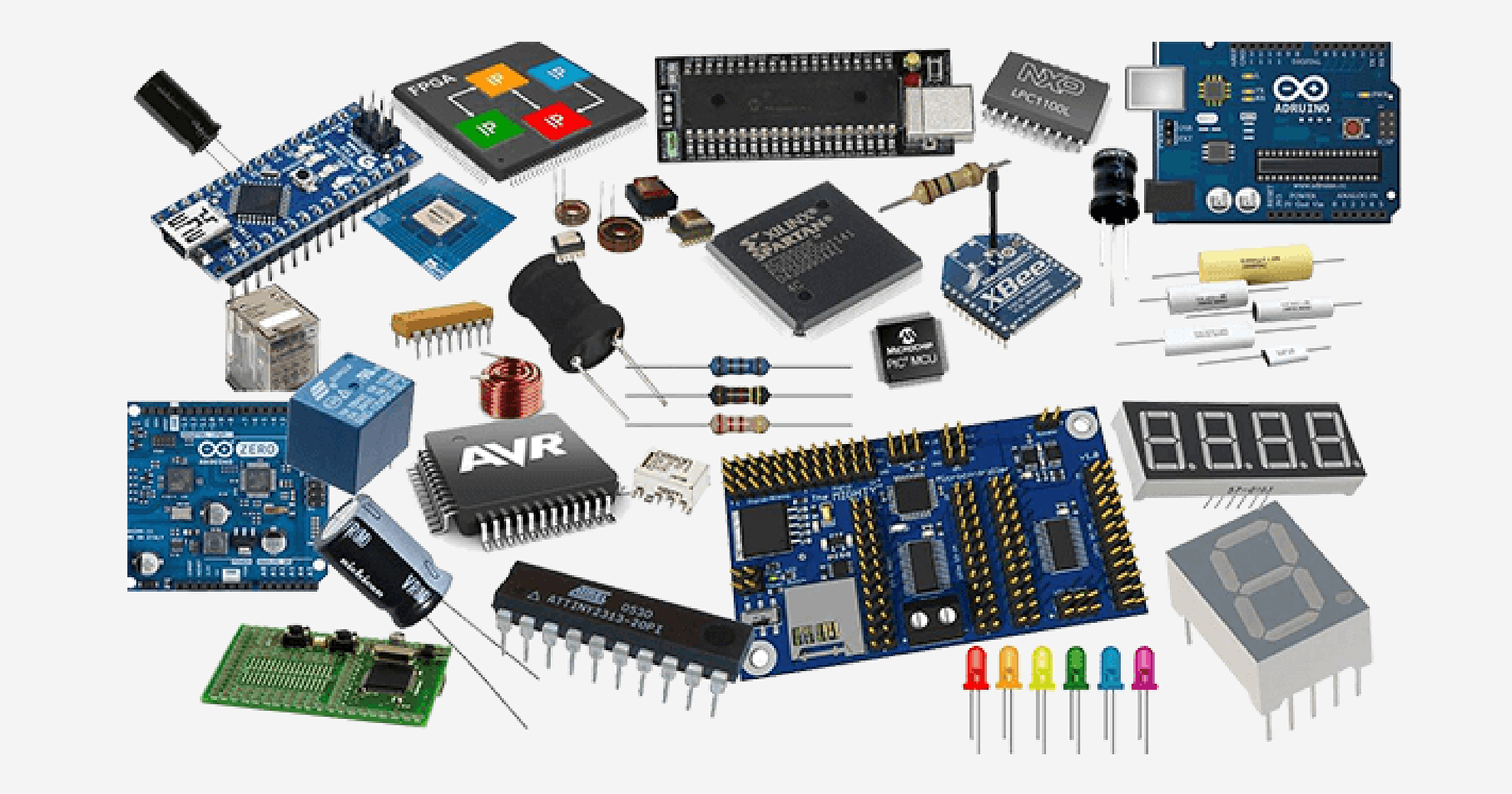AWG Wire Gauge Explained: Matching Connectors to Your Needs
When browsing through connector specifications, you might come across terms like CONN SOCKET 22-26AWG CRIMP TIN. But what does this description mean, and how should you evaluate whether the connector's requirements are high or low? This article will demystify the meaning of AWG and guide you in assessing connector specifications.
What Does 22-26 AWG Mean?
AWG stands for American Wire Gauge, a standardized system for measuring wire diameter. The numbers 22-26 indicate the range of wire sizes the connector is compatible with.
Lower AWG Numbers (e.g., 10, 14): Represent thicker wires with a larger diameter and higher current-carrying capacity.
Higher AWG Numbers (e.g., 24, 30): Represent thinner wires with smaller diameters and lower current-carrying capacity.
In the case of 22-26 AWG, the connector is designed to crimp and securely connect wires within this specific diameter range. These sizes are commonly used in signal transmission, low-power applications, and general electronics wiring.
Why is the AWG Range Important?
The AWG range determines the connector’s versatility and suitability for different applications. A connector’s compatibility with a specific wire size is crucial for:
Electrical Performance: The wire gauge impacts resistance, current-carrying capacity, and voltage drop. Using wires outside the specified AWG range can lead to poor electrical connections or overheating.
Mechanical Fit: Connectors must securely crimp the wire to ensure a reliable physical and electrical connection. Wires that are too large or too small may result in loose connections or damage.
For example, a connector rated for 22-26 AWG is ideal for low-current applications but may not be suitable for high-power devices that require thicker wires.
How to Judge Whether the AWG Requirements are High or Low
To evaluate whether the AWG range is high or low, consider the following factors:
1. Application Current Requirements
Low AWG Numbers (Thicker Wires): Suitable for high-power applications like motor drives, industrial equipment, or power distribution.
High AWG Numbers (Thinner Wires): Ideal for low-current or signal transmission applications, such as data communication, sensors, or small electronics.
A 22-26 AWG range is typically associated with signal or control circuits where lower currents are sufficient.
2. Mechanical Durability
Thicker wires (lower AWG numbers) tend to be more durable and resistant to mechanical stress. If your application involves frequent movement or exposure to harsh environments, consider whether the connector's AWG range aligns with the wire's robustness needs.
3. Voltage Considerations
Higher voltages may require thicker insulation, which can influence the wire diameter and, consequently, the connector's compatibility. Check the voltage ratings alongside the AWG to ensure safety and performance.
4. Industry Standards
Certain industries, such as automotive or aerospace, may have specific requirements for wire gauge and connector types. Familiarity with these standards can help you choose connectors that meet regulatory and performance needs.
Practical Tips for Choosing Connectors Based on AWG
When selecting connectors for your project, consider these steps:
Evaluate the Application: Understand the current, voltage, and environmental demands of your system.
Check the Wire Size: Match the connector's AWG range to the wires used in your design. Ensure a secure crimp for optimal performance.
Review Datasheets: Look for additional specifications like current ratings, temperature tolerance, and material quality.
Test for Fit: If possible, test the connector with your intended wire size to verify compatibility and reliability.
Conclusion
The 22-26 AWG range in connector descriptions indicates compatibility with medium to thin wires, commonly used in signal and low-power applications. By understanding the relationship between wire gauge, electrical performance, and application requirements, engineers and procurement professionals can make informed decisions when selecting connectors.
A reliable connection is the foundation of a well-functioning electronic system. Choosing the right connector ensures safety, efficiency, and longevity in your designs. For any doubts, refer to the manufacturer’s datasheet or consult with experts to find the best fit for your needs.
For more information or to request a quote, please feel free to send us an RFQ.
Some Model Numbers




